Even the rough-tempered ones were said to be good to have in a herd because they would stand up to a monster and protect their friends in case they were attacked.
However, when such an individual was mixed in with a herd of female cattle, the herd as a whole became an iron-clad defense against not only magical beasts but also males, and ranchers once had a hard time keeping them in line.
Sounds interesting.
And then there were fruit trees.
Apples being the most common, peaches, various berries, etc.
Some fruits didn’t have an equivalent in my previous life, apparently.
However, grapes were the breadwinner.
Winemaking flourished as well.
Forli-san must be a wine enthusiast because he told me exactly what kind of wine was made at which wineries.
I had no idea.
I was a non-drinker in my previous life.
Sorry.
The odd one out, and one that they have been putting significant effort into recently, was sugar beet radishes.
In fact, it was reported that the Yurinova territory currently produced the largest amount of sugar in the imperial kingdom.
One of the most common types of sugar used in the Imperial Kingdom was imported from the southern countries.
It was widely used, but much more expensive than in my previous life.
I was allowed to use it in the kitchen of the magical academy, and the taste was the same as in my previous life, but this was due to the high-class environment of all the nobles.
Come to think of it, Flora-chan, coming from a commoner background, was cautious with the use of sugar.
The apple pie and other sweet foods in her repertoire were recipes of the baroness who took her in after her mother passed away.
Sugar made from sugarcane was produced in the Yurisein region, but not in large quantities.
In such a situation, it turned out that sugar beet, which could be grown in cold regions, could be used as a raw material for sugar, and it was Grandfather and Forli-san who encouraged its cultivation as a highly cashable crop.
Yes, even in pre-industrial Japan, Hokkaido would have been the largest producer of domestically produced sugar.
The raw material was also sugar beet.
When I thought of sugarcane, I had an image of sugarcane from Okinawa or something, but I think it was because of the difference in farmland size.
The mountainous Yurinova territory did not have a large area of farmland, but it had been cultivated for 400 years since the time of its founder, Prince Sergei, and the farmland was systematically allocated to crops that support the lives of its people.
However, for convenience, it was my interpretation to call the crop “sugar beet” because it resembled it.
What did he mean by “it moves a little”?
When I asked, he told me that “It resists when I try to pull it out.” Was that really a plant? Was it some kind of mandragora?
In the forests of Yurinova, there were plant-type magical creatures that roamed around, and the turnip-like ones that were used to make sugar were said to be a subspecies or larvae of these…
Or, to be more precise, they were individuals that for some reason or another failed to grow from juveniles to adults, and a certain number of them can be found in the forest.
The forest people who lived in the forest of Yurinova knew of their existence for a long time and liked to eat them as a sweet and tasty wild herb (is that alright?).
The young Forli-San introduced it to grandfather, who had his subordinates study it and succeeded in cultivating it, and found that it could be used as a raw material for sugar.
By the way, there was no need to remove the seeds.
If the neck of the radish (which looks like a turnip) was cut off and the leaves were cut into small pieces and planted, the radish could grow again even from the small pieces… How powerful was its life force!
You'll Also Like
-

Cultivation: Start From Upgrading My Computer
Chapter 47 September 3, 2023 -
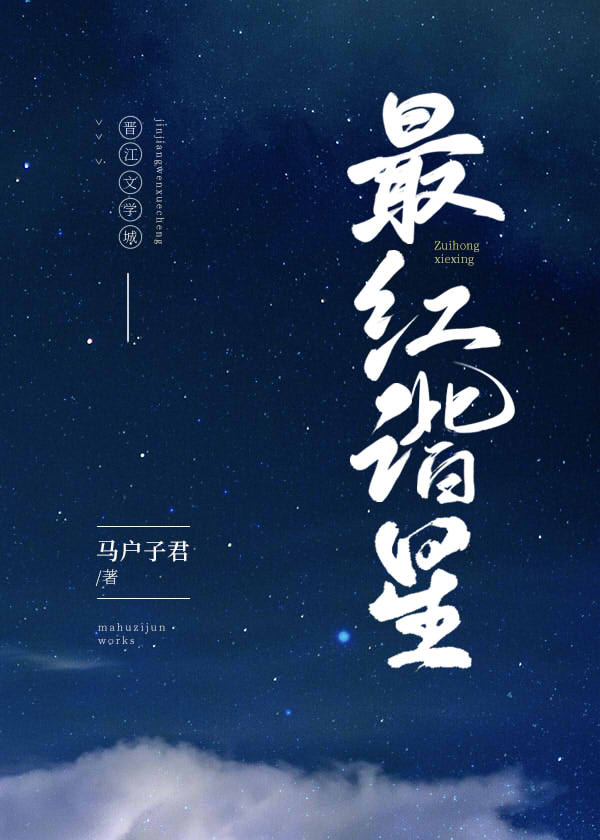
The Most Popular Comedian
Chapter 65 September 3, 2023 -
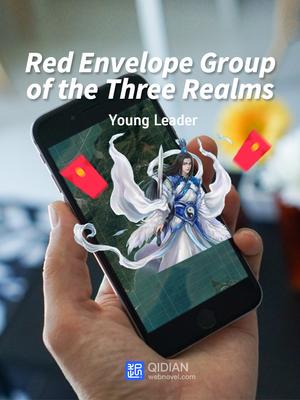
Red Envelope Group of the Three Realms
Chapter 1986 September 1, 2023 -
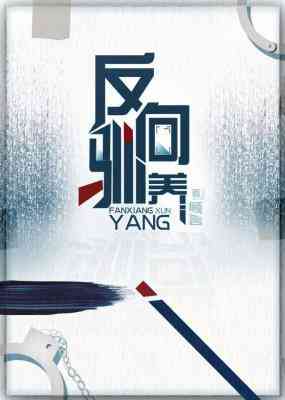
Reverse Domestication
Chapter 39 September 2, 2023 -
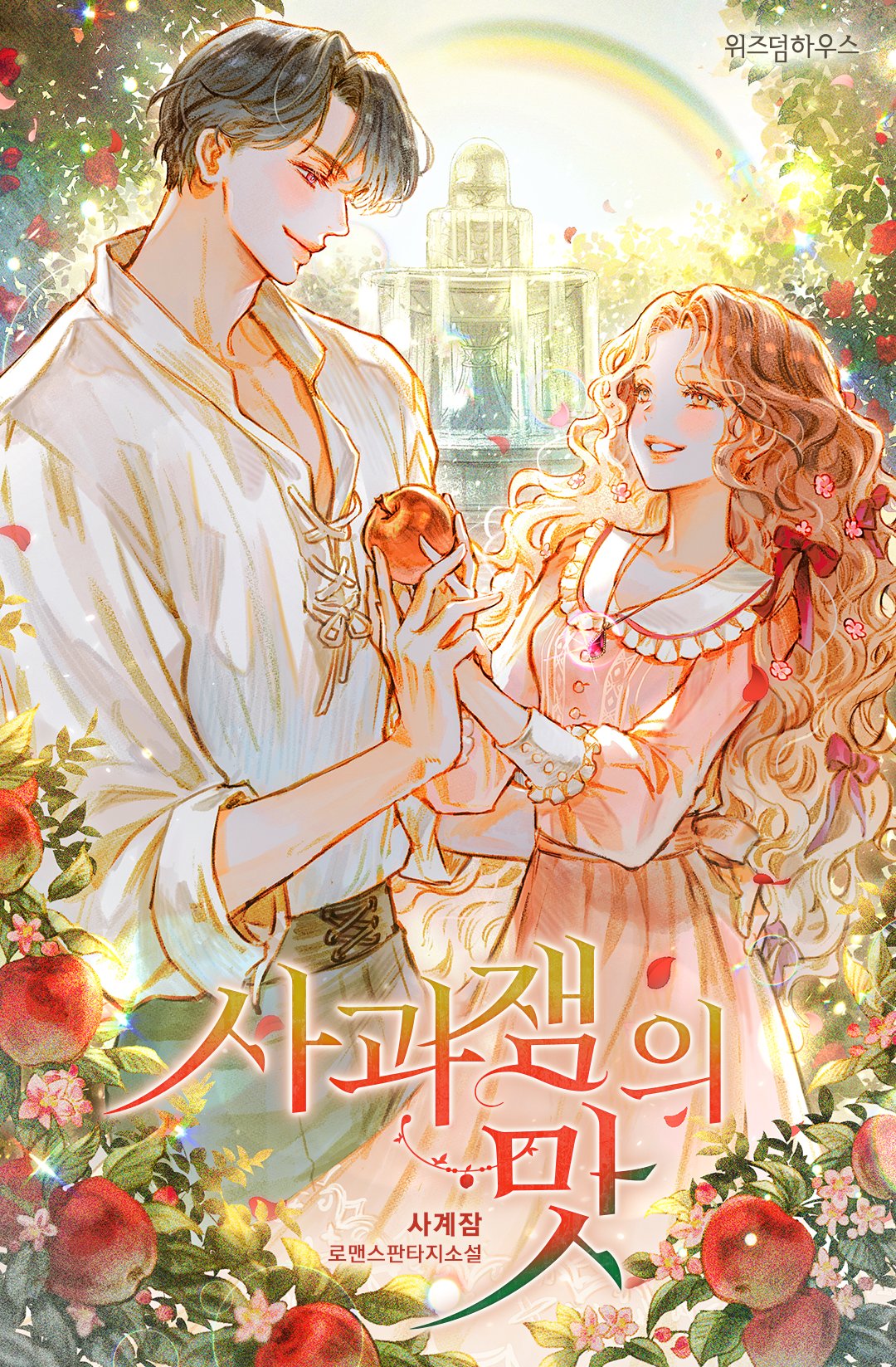
The Taste Of Apple Jam
Chapter 9 August 29, 2023 -
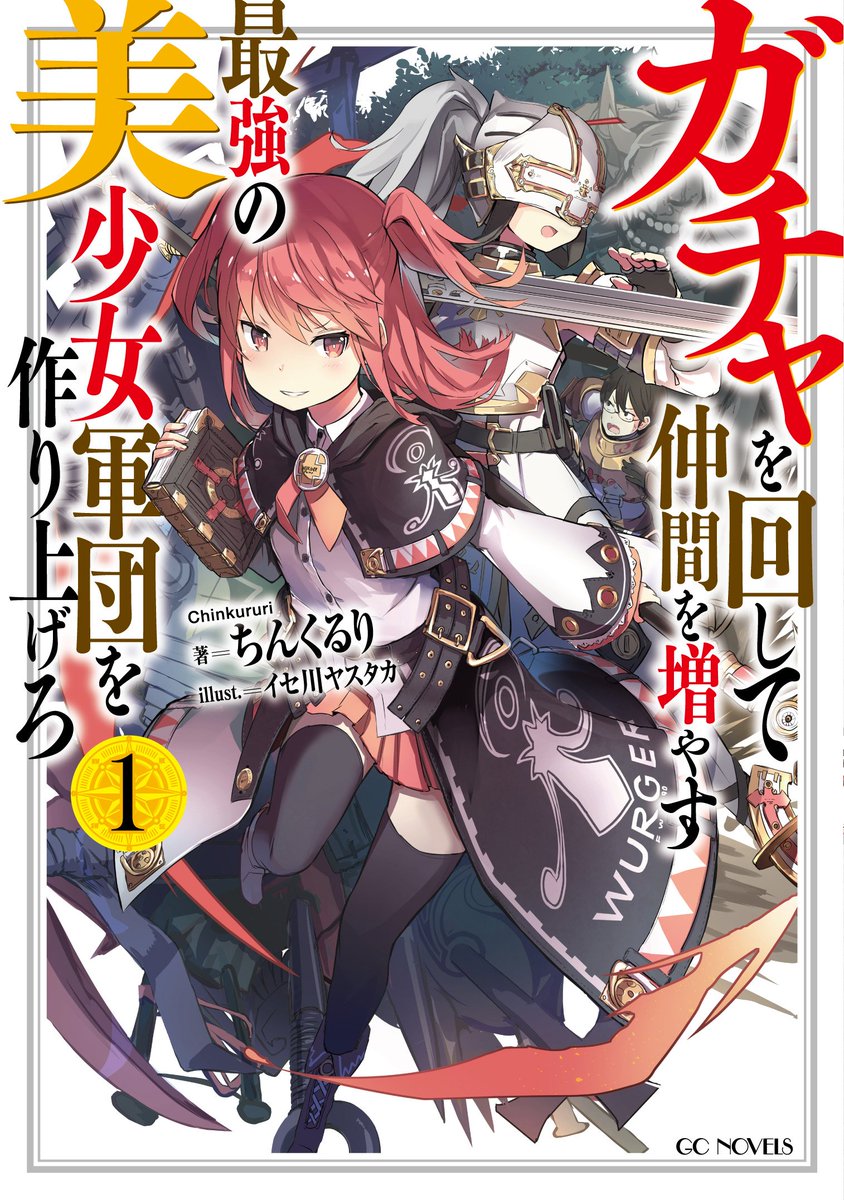
Using Gacha to Increase My Companions and to Create the Strongest Girls’ Army Corps
Chapter 84 August 28, 2023 -
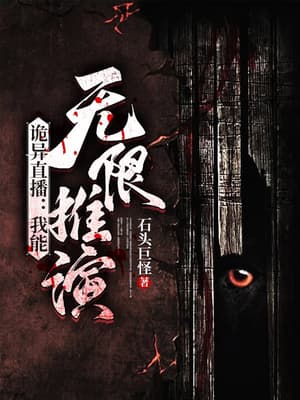
Weird Live Broadcast: I Can Deduce Endlessly
Chapter 100 August 28, 2023 -
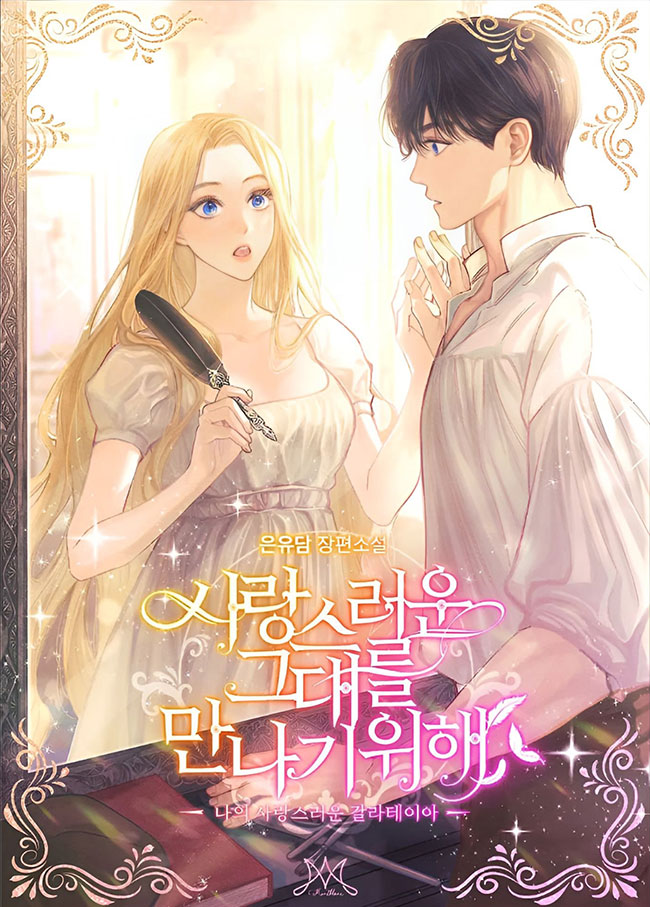
In Order To Meet You, Beloved
Chapter 35 August 28, 2023 -
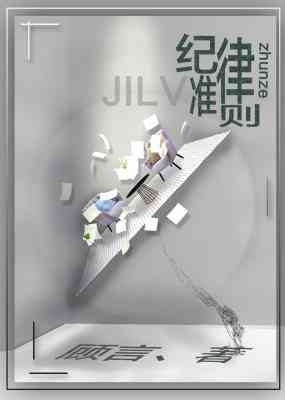
Disciplinary Code
Chapter 65 September 4, 2023 -

The Cat Transformation
Chapter 27 August 26, 2023 -

Chemistry
Chapter 61 August 25, 2023 -
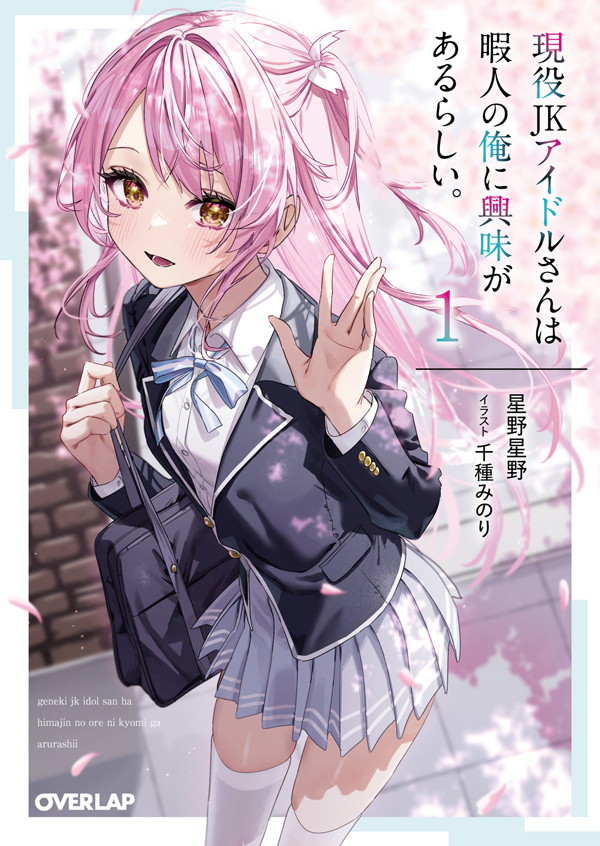
Active JK Idol Seems to be Interested in Me Who is a Free Person.
Chapter 32 August 25, 2023
